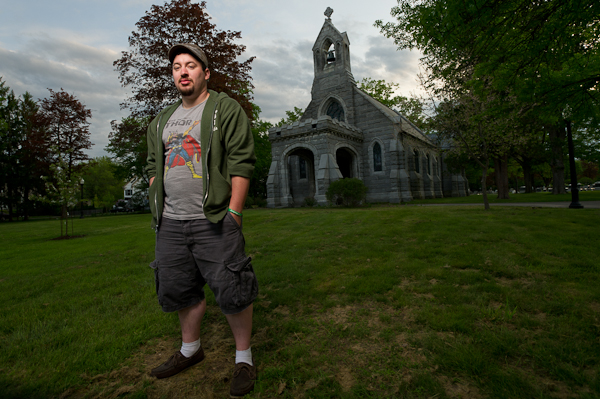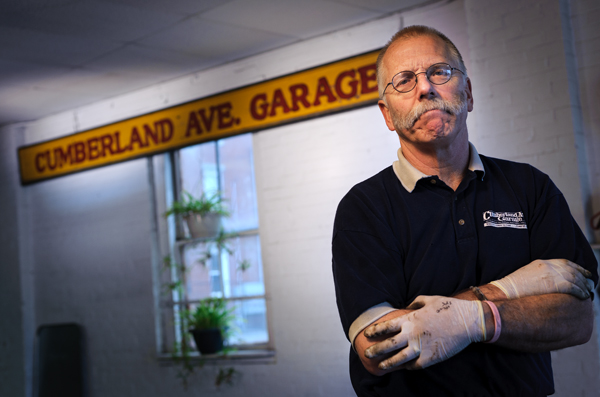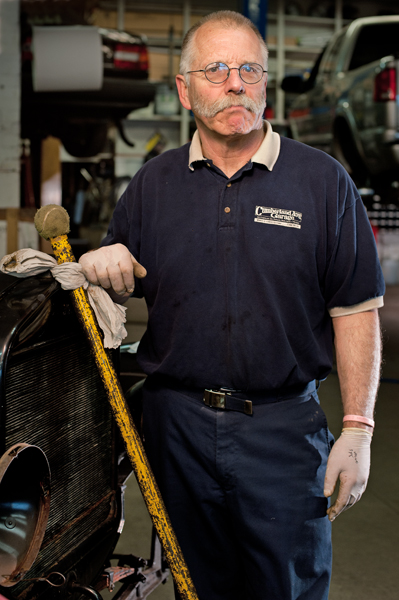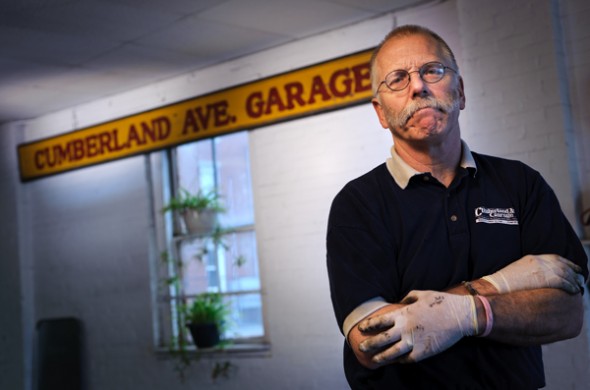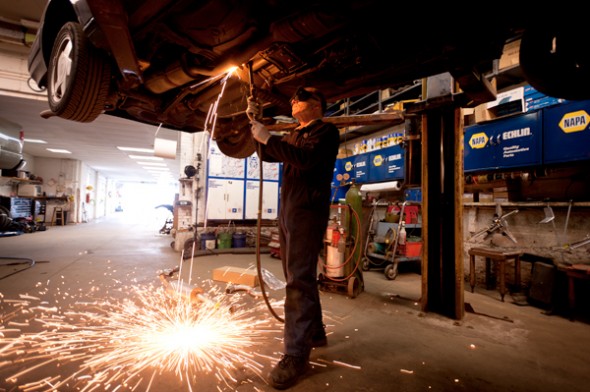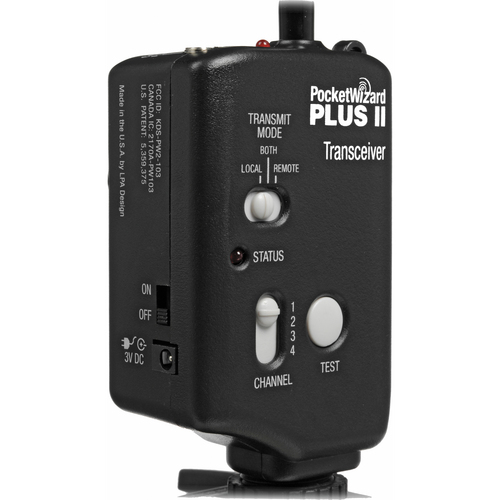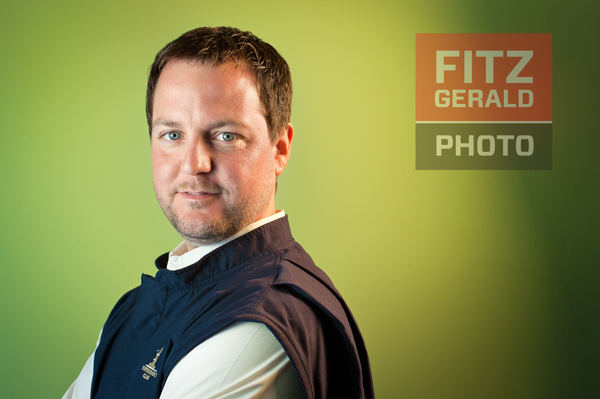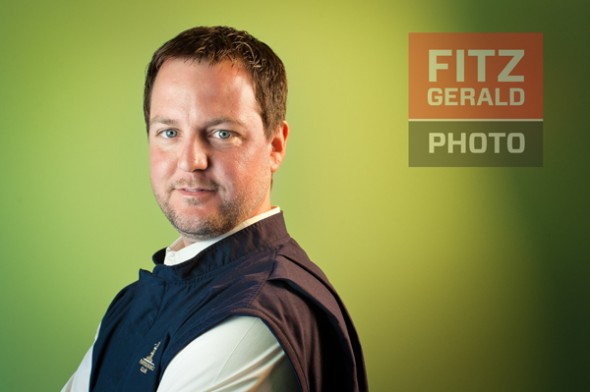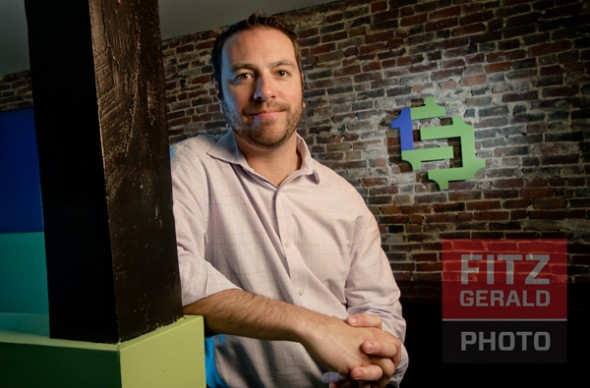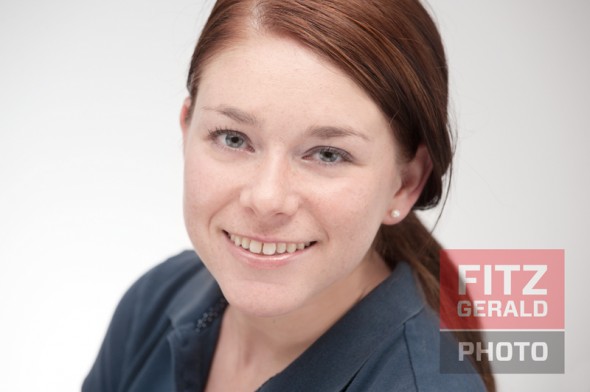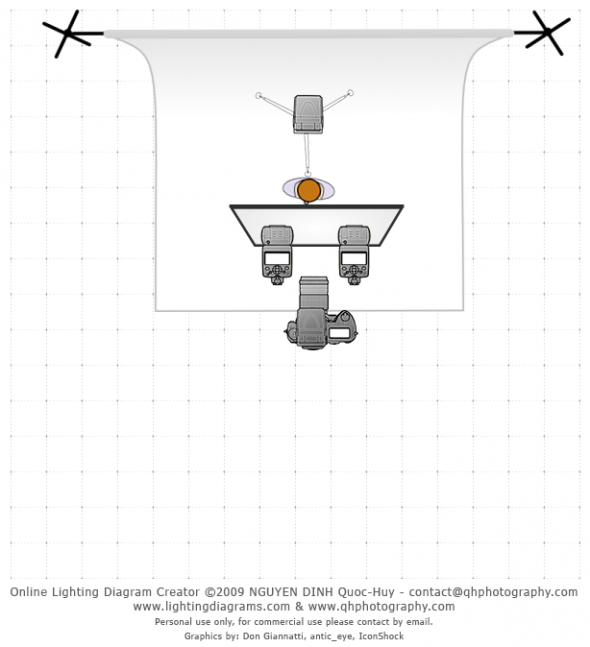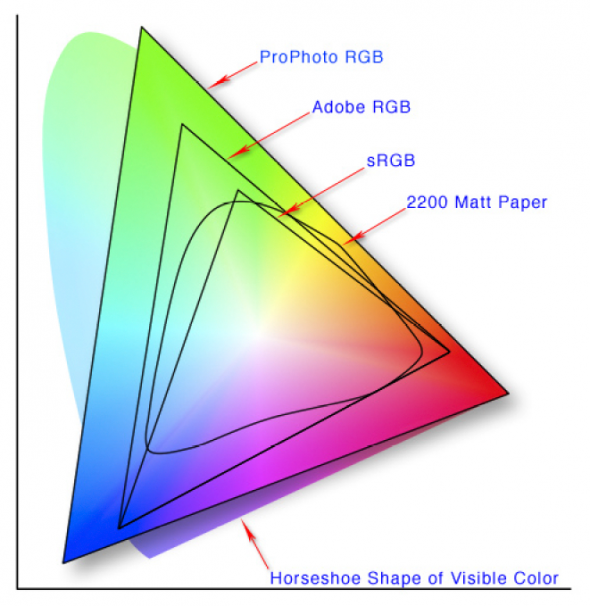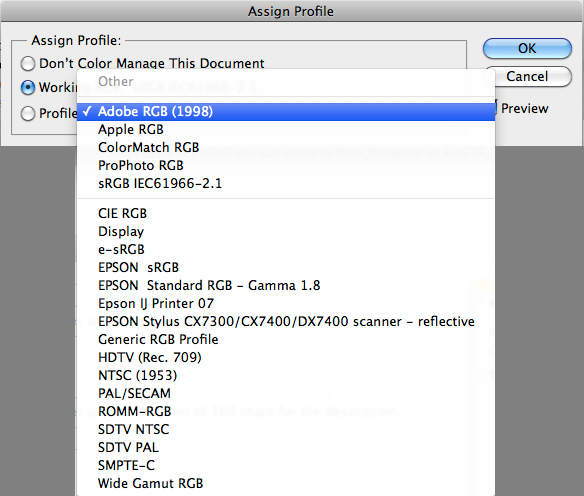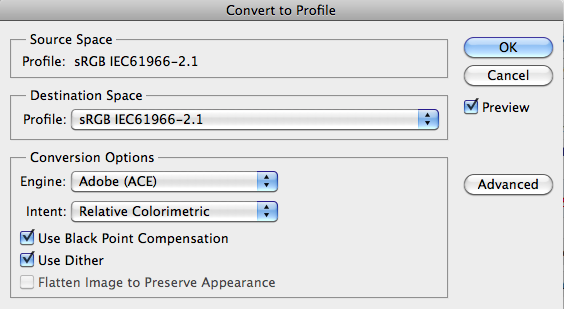For me, photography boils down to two key elements: moment and light. You may have one in greater proportion to the other, but for most types of photography—certainly any imagery with people—you need both.
I used this criteria as a newspaper photo editor when judging daily work and the many portfolios that came across my desk.
You kinda know a “real” moment when you see one. It’s a look, an expression, or an interaction. Usually from the viewer’s perspective, it looks like you’re viewing a private scene, voyeur-style, and the subject appears totally unaware of the camera.
As a photojournalist, real moments are mostly found situations. In feature situations, the goal is to shoot photos (usually with a long lens) before the subject really becomes aware of your presence. You get something ‘real’ of the subject doing something interesting and later you deal with getting their permission and name to actually use the photos. In news situations, such as fires, accidents or events, the subjects are usually so focused on the happenings that getting moments is pretty easy, giving you time to work on composition and light too.
At the newspaper, moment trumped light any day of the week and twice on sundays. Robert Capa’s grainy, ghostly images of the landing at D-Day fails from a purely technical standpoint but no one would argue that the moment it captures place this work among history’s finest.
As a commercial and advertising photographer, my subjects are (mostly) aware of what I do. They are paying me to be there, or my clients are paying them to be there. It’s me, them and bunch of obtrusive lighting equipment, so the goal is to get the subjects to relax and give me something real despite the unreal surroundings. When successful I get a true serendipitous moment—a peice of chaos that I thankfully can not, and don’t want to, control—in the midst of a controlled setting.
The only difference between editorial and commercial photography in this regard is that non-editorial shooters have the luxury of not having to wait for the perfect light. Regardless, being attuned to capturing the authentic moment will help turn otherwise ordinary photos into memorable images.
That’s still theway I approach the debate between moment and light. Make sure you have a strong moment, and then work on the light.



